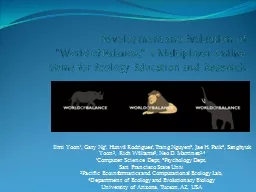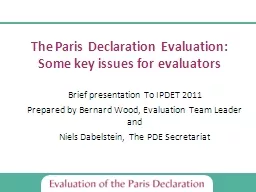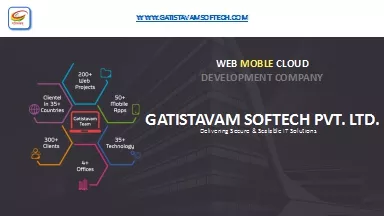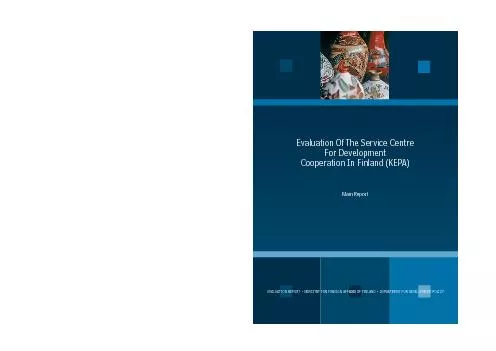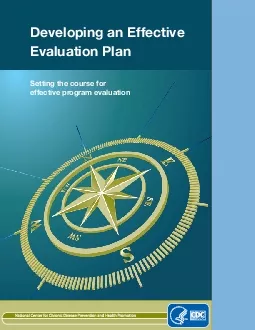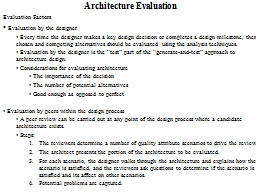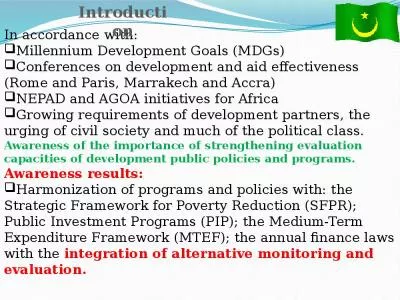PPT-Development and Evaluation of
Author : mitsue-stanley | Published Date : 2019-06-29
World of Balance a Multiplayer Online Game for Ecology Education and Research Ilmi Yoon Gary Ng David Hoff and CSc 631831 students Computer Science Dept San
Presentation Embed Code
Download Presentation
Download Presentation The PPT/PDF document "Development and Evaluation of" is the property of its rightful owner. Permission is granted to download and print the materials on this website for personal, non-commercial use only, and to display it on your personal computer provided you do not modify the materials and that you retain all copyright notices contained in the materials. By downloading content from our website, you accept the terms of this agreement.
Development and Evaluation of: Transcript
Download Rules Of Document
"Development and Evaluation of"The content belongs to its owner. You may download and print it for personal use, without modification, and keep all copyright notices. By downloading, you agree to these terms.
Related Documents

